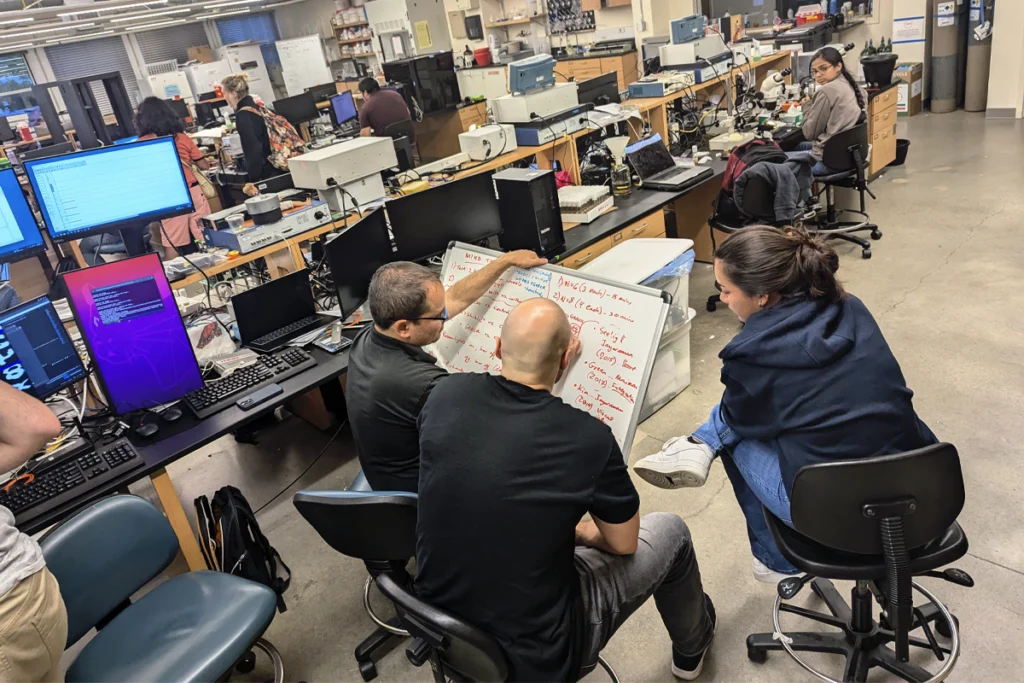Behavioral patterns may predict autism in high-risk toddlers
Three distinct behavioral profiles in siblings of children with autism at 18 months predict autism diagnosis at age 3. The findings, published 2 October, point to multiple developmental pathways to the disorder.
Three distinct behavior profiles in 18-month-old siblings of children with autism predict autism diagnosis at age 3.
The profiles comprise different combinations of features associated with autism, such as difficulty making eye contact, repetitive behaviors, lack of communicative gestures and a limited imagination.
The findings, published 2 October in the Journal of the American Academy of Child & Adolescent Psychiatry, point to multiple developmental pathways to the disorder, the researchers say1. This suggests that strategies to identify autism based on a single behavior are not likely to work. Others caution that the profiles identified in the study have limited clinical utility, however.
The researchers enrolled 719 younger siblings of children with autism. These ‘baby sibs’ are nearly 20 times more likely to develop autism than those without a family history of the disorder.
Roughly one-quarter of baby sibs not diagnosed with autism nevertheless show some features of the disorder, known as the broad autism phenotype, by their first birthday. That can make it difficult for clinicians to accurately identify affected siblings at an early age.
“There are no screening instruments that I know of that are specifically designed for baby sibs, to say which sib is going to develop autism and which will not,” says study leader Katarzyna Chawarska, associate professor of pediatrics at Yale University.
She says clinicians should pay particular attention to the combinations of behaviors her team identified when they evaluate 18-month-old baby sibs for autism. “I think the best way of identifying these children is to look for combinations of markers, not a single marker.”
Limited utility:
Other researchers are more circumspect, saying the profiles are not sensitive enough for clinical use on their own. Of the 157 children later diagnosed with the disorder, only about half fit one of the three profiles at 18 months.
“I find that really worrisome,” says Diana Robins, program leader for the Early Detection and Intervention Program at the A.J. Drexel Autism Institute in Philadelphia. “If you’re using this technique to identify which kids are in greatest need of intervention, it would only flag half of the kids who are truly in need of intervention.”
Still, the findings represent a step toward differentiating between baby sibs with and without autism at an early age. “I think this is a great first step,” says Jed Elison, assistant professor of child development at the University of Minnesota, who was not involved in the work. He says that future studies may identify additional features that more robustly differentiate between baby sibs with autism and without.
“I think the best way of identifying these children is to look for combinations of markers, not a single marker.”
Chawarska and her colleagues analyzed data collected from a randomly selected subgroup of 565 baby sibs. At age 3, 122 of the children had an autism diagnosis, 305 were developing typically, and the remaining 138 showed social and cognitive delays and were classified as atypical.
The researchers analyzed the participants’ scores on the Autism Diagnostic Observation Schedule (ADOS), a common diagnostic test, administered when the children were 18 months old. Using a statistical data-mining technique, they developed an algorithm that classified the children into three groups — typical, atypical or autism — based on their scores for six items on the ADOS.
The analysis revealed three combinations of behaviors associated with later autism diagnosis. The first profile, which captured 41 percent of the children with autism, describes those who have trouble making eye contact, giving objects to others and communicating through gestures.
Children with the second profile, which included 10 percent of those with autism, also have difficulty making eye contact. Their ability to give objects to others is intact but they don’t tend to engage in imaginative play.
The third profile fit 6 percent of the children with autism. These children have little trouble making eye contact, but show repetitive behaviors and do not tend to give objects to others.
Different trajectories:
Altogether, the algorithm correctly flagged 57 percent of the children with autism. The remaining 43 percent tended to have better verbal and nonverbal skills and less severe autism symptoms than the other baby sibs at 18 months. “In these kids, the symptoms may be unfolding later,” Chawarska says.
The classification system performed better at identifying typically developing siblings, accurately categorizing 93 percent of them. That indicates that the algorithm is better at ruling autism out than at detecting it, says Catherine Lord, director of the Center for Autism and the Developing Brain in New York City, who was not involved in the study.
However, the algorithm correctly classified only 4 percent of the atypical children who do not have autism; it mistakenly pegged 18 percent as having autism and the rest as typically developing.
“I think the implication of this study is that there really isn’t a simple way to pick out, with just a few features, which of the kids are going to have autism or not,” Lord says. “There are lots of different ways that a child can show signs of autism at 18 months.”
The researchers validated the algorithm using the remaining 154 baby sibs in the sample. They found similar prediction rates using this independent sample.
By looking at combinations of behaviors, the algorithm improved the predictive value of single behaviors. For example, one-third of the baby sibs showed atypical eye contact, a classic sign of autism, at 18 months. But less than half of those children went on to be diagnosed with autism.
That suggests that atypical eye contact alone is a poor predictor of autism in baby sibs, Chawarska says. However, the presence of atypical eye contact in combination with limited nonverbal communication increased the likelihood of an autism diagnosis by threefold.
“By identifying the combination of symptoms and behaviors, we’re becoming more specific about what to look for,” says Stelios Georgiades, assistant professor of psychiatry and behavioral neurosciences at McMaster University in Hamilton, Ontario, who was not involved in the work.
Taken together, the findings suggest that baby sibs need to undergo periodic evaluation for autism during their first three years of life.
“This study highlights the variability in development during this time period,” Elison says. “What this says to me is that we need multiple measures and multiple time points to increase the sensitivity of our predictive markers.”
References:
1. Chawarska K. et al. J. Am. Acad. Child Adolesc. Psychiatry Epub ahead of print (2014) Abstract
Recommended reading
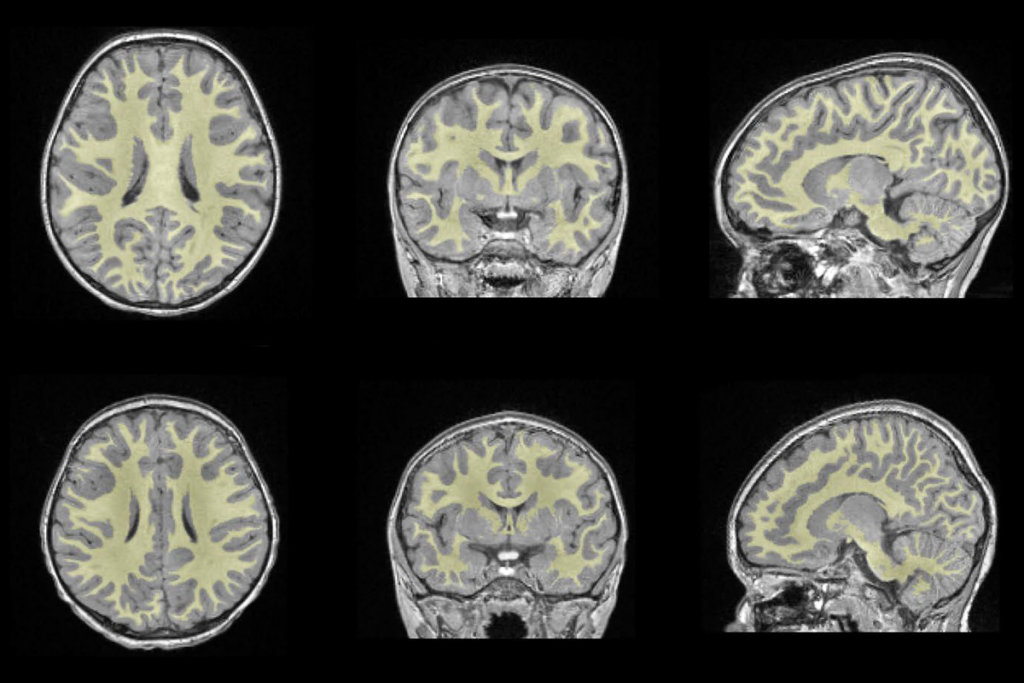
White-matter changes; lipids and neuronal migration; dementia
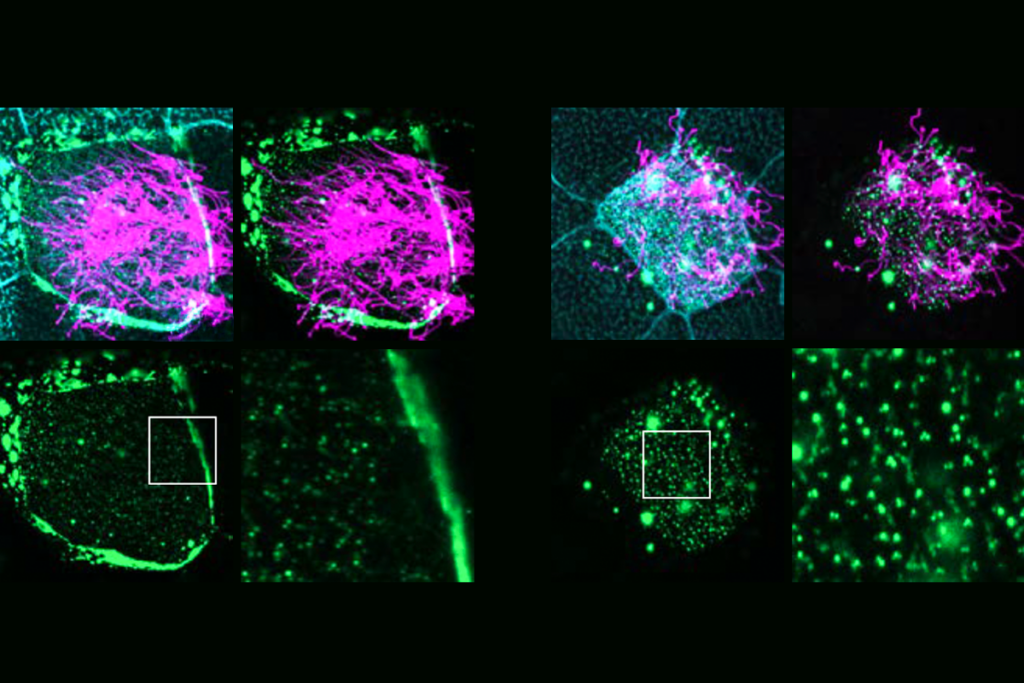
Many autism-linked proteins influence hair-like cilia on human brain cells
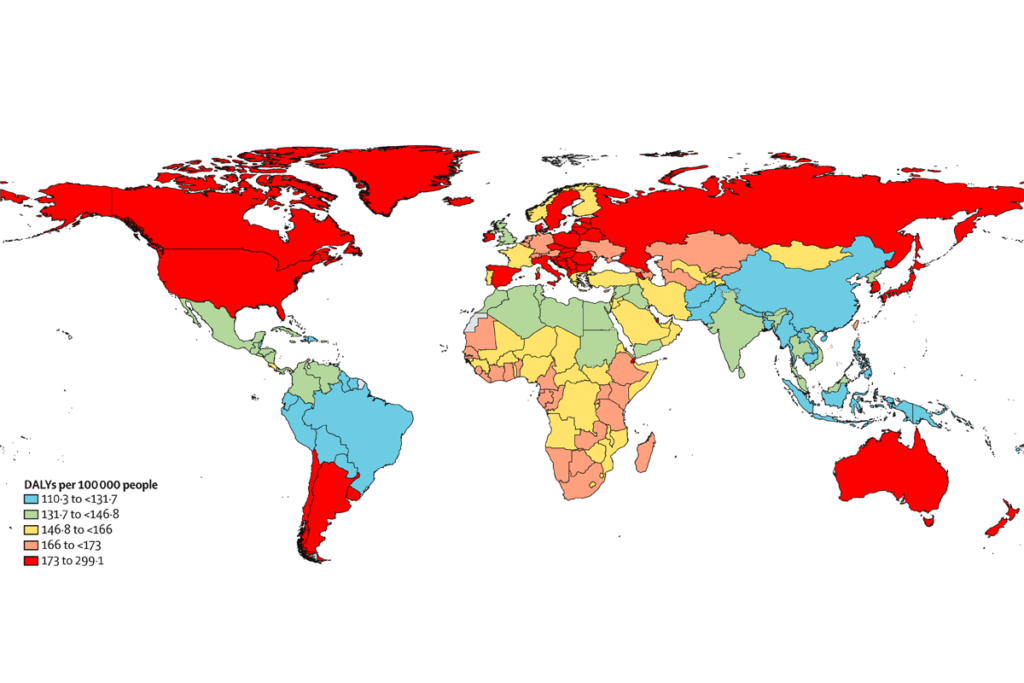
Functional connectivity; ASDQ screen; health burden of autism
Explore more from The Transmitter
David Krakauer reflects on the foundations and future of complexity science
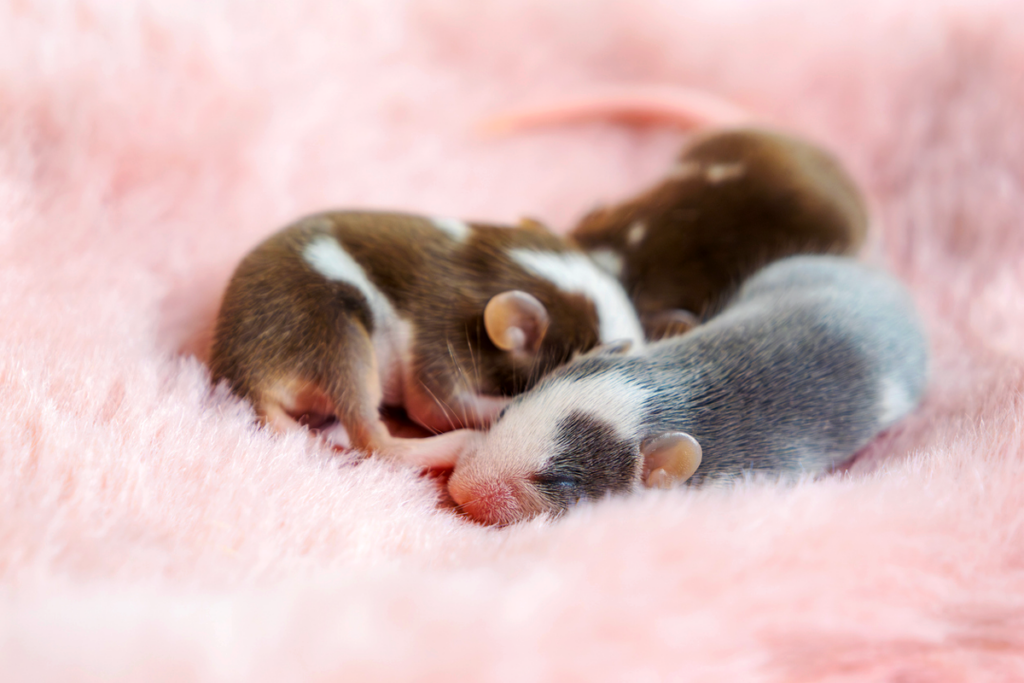
Fleeting sleep interruptions may help brain reset
